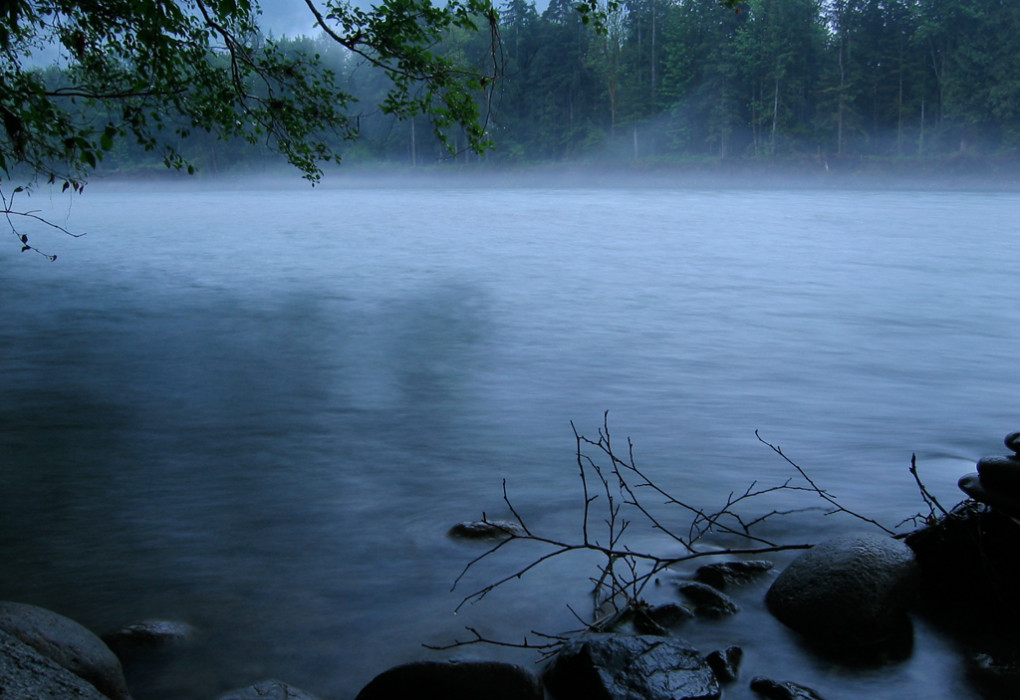To Open or Not to Open the Skagit Steelhead Fishery
To Open or Not to Open the Skagit Steelhead Fishery
This question is on the minds of many steelhead anglers across the Pacific Northwest as state and federal fisheries agencies currently weigh whether or not to reopen the Skagit River's once legendary winter and spring steelhead fishery. For several years the Native Fish Society's focus on the Skagit River and across Puget Sound has been working toward the recovery of wild steelhead, with a particular interest in securing a long term commitment from the state to manage the entire Skagit River as a Wild Steelhead Gene Bank. Eight Wild Steelhead Gene Banks, or watersheds without hatchery steelhead releases, have been designated throughout the state since the idea was adopted as a part of Washington's 2008 Statewide Steelhead Management Plan. Many of these watersheds feature catch and release fisheries for wild steelhead if the return meets escapement goals. As much as we love to fish for wild steelhead, our rationale has been to take care of the fish and the fishing will take care of itself.
In the interim, however, the Skagit River’s wild winter steelhead have returned in numbers that greatly exceed other Puget Sound streams. As a result, in 2016, at the encouragement of local anglers, the Washington Department of Fish and Wildlife and the Skagit Indian Tribes submitted to National Marine Fisheries Service a resource management plan for a Skagit River steelhead fishery.
Due to the federal Endangered Species Act protections for Puget Sound steelhead and the incredible importance of the Skagit's wild steelhead to the overall prospect of regionwide recovery, the National Marine Fisheries Service has to carefully evaluate this plan to ensure that the proposed fishery will not prevent or delay the recovery of steelhead in the Skagit River.
While a number of Endangered Species Act stocks are currently involved in targeted and non-targeted commercial and recreational fisheries (consider all of the ESA stocks in the Columbia River or the harvest of wild coho on the Oregon coast) the prospect of fisheries for commercial, cultural and subsistence, and recreational catch and release all operating together on the Skagit and complying with the requirements of the Endangered Species Act is an unprecedented challenge. We recognize that a minimal level of harvest pressure would not necessarily limit the recovery of the Skagit's wild steelhead, but the task at hand is to provide comments on the fishery as proposed by the co-managers and reviewed by the National Marine Fisheries Service.
Unfortunately, the fishery as currently written in the Resource Management Plan and reviewed in National Marine Fisheries Service's Proposed Evaluation and Pending Determination (PEPD) does not have the necessary detail and analysis to ensure that the Skagit's wild steelhead will not be adversely impacted. Last week the Native Fish Society signed onto a comment to this effect authored by Nick Gayeski and Bill McMillan for the Wild Fish Conservancy. Together we're asking the National Marine Fisheries Service to withdraw their analysis and prepare a more robust analysis of the proposed fishery through an Environmental Impact Statement.
